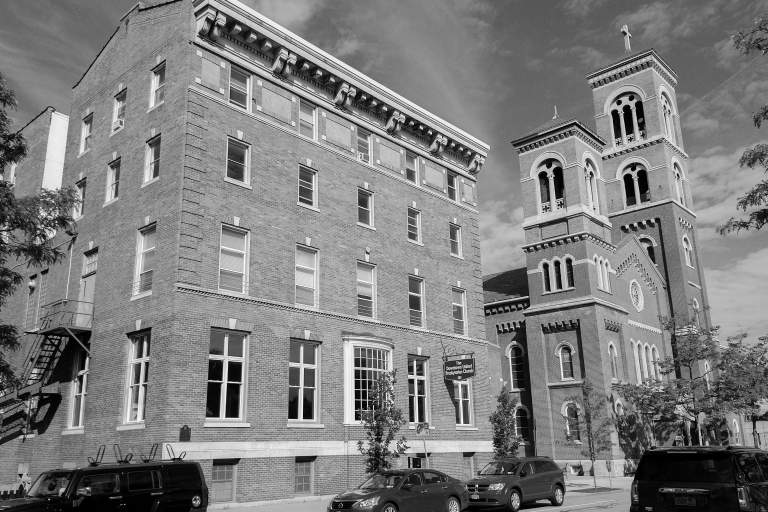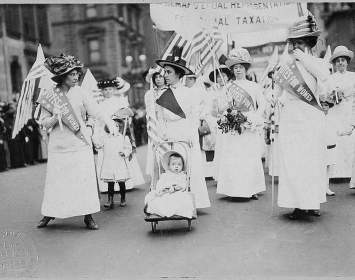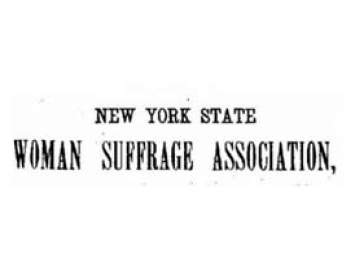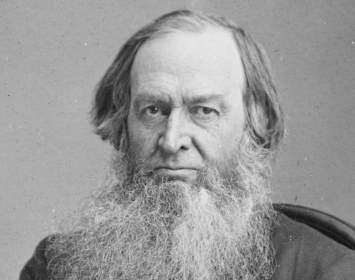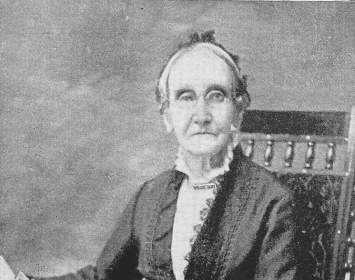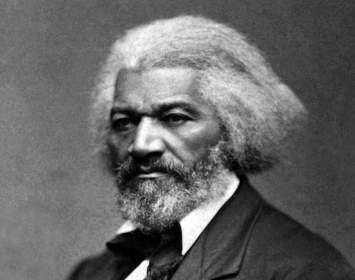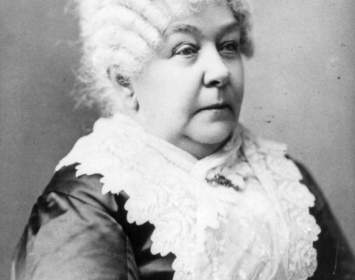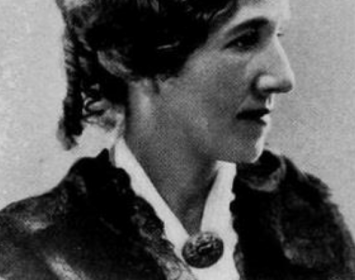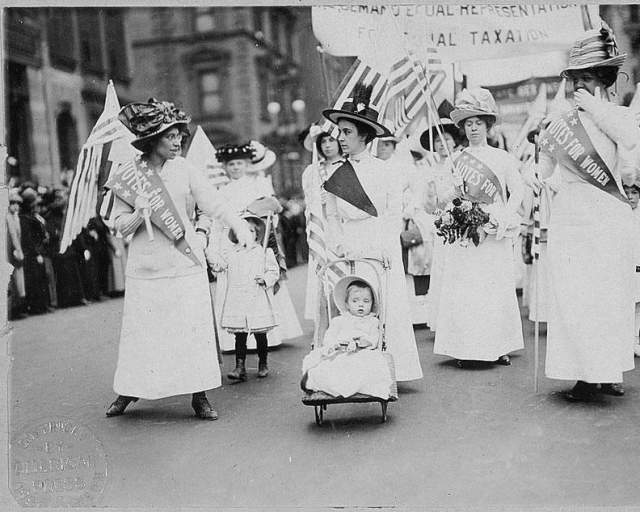A significant woman's rights convention was held in 1848 on this site at a church that no longer exists. But it is commemorated by a hugely informative historical marker placed on the current structure.
On August 2, 1848—just two weeks after the historic first woman's rights convention held at Seneca Falls—a follow-on convention was held in Rochester's Unitarian Church. (Nineteenth-century practice was to use the singular, woman's when referring to women as a class; later practice was to use the plural, women's.) Rochester abolitionist and feminist Amy Post organized the event and called the meeting to order. Rochester abolitionist Abigail Bush was elected to preside, the first time that a woman was elected president of a public meeting open to both sexes. This was so radical a step that, amazingly, Elizabeth Cady Stanton and Lucretia Mott, two organizers of the Seneca Falls convention, walked off the platform in protest when Bush took the chair! (Apparently Bush discharged her responsibilities successfully, and future woman's rights meetings were quite frequently presided over by women.) One of the event's three secretaries was the abolitionist Catherine Fish Stebbins, daughter of the abolitionist and failed Utopian Benjamin Fish. Like many who attended the Rochester convention, Stebbins had been present at Seneca Falls.
Among those attending were the prominent antislavery campaigner Frederick Douglass and Sarah D. Fish, mother of Stebbins, who delivered an address to the convention. (Douglass had attended the Seneca Falls convention, as had Fish and her daughter. Fish was also one of three women—the others being Amy Post and Sarah Hallowell—who had suggested electing a woman to preside over the convention.)
A congratulatory letter from philanthropist and woman's rights advocate Gerrit Smith was read from the platform.
The convention passed a series of resolutions. The full set of resolutions adopted by the Rochester convention was reproduced in an appendix of the first volume of The History of Woman Suffrage, authored by Susan B. Anthony, Elizabeth Cady Stanton, and Matilda Joslyn Gage. (The whole of Volume I is available here; the Rochester Resolutions begin on page 808.)
The Building. The convention's venue, the first location of the Rochester Unitarian Church, was built in 1843. The structure burned down in 1859; there are no known images of that building. The land was used for private residences until it was purchased in 1898 by the neighboring Brick Presbyterian Church. In 1910, that church erected a hall-style annex on the site, originally to serve as an urban mission. In 1974, the Brick Church was one of three Rochester Presbyterian churches to merge and share the Brick Church complex, which was renamed the Downtown United Presbyterian Church.
The Brick Church–built annex stands today, serving the church and also housing the office of the Rochester Civil Liberties Union. In 1998, the Rochester Unitarian Church (now the First Unitarian Church of Rochester) placed a historical marker on the building, marking the 150th anniversary of the 1848 convention (see photo below).
Thirty years later, in July 1878, another convention would be held to mark the thirtieth anniversary of this event. It was held at the Rochester Unitarian Church's second location, to which the church had moved in 1866 following the 1859 fire and the Civil War years. That location now forms part of the site of Rochester's City Hall.
As for the Unitarian congregation, it eventually moved to a more spacious site within Rochester's city limits. There, it erected a landmark structure, designed by architect Louis Kahn and completed in 1962. This structure was placed on the National Register of Historic Places in 2014.
Thanks to an anonymous historian for historical research.
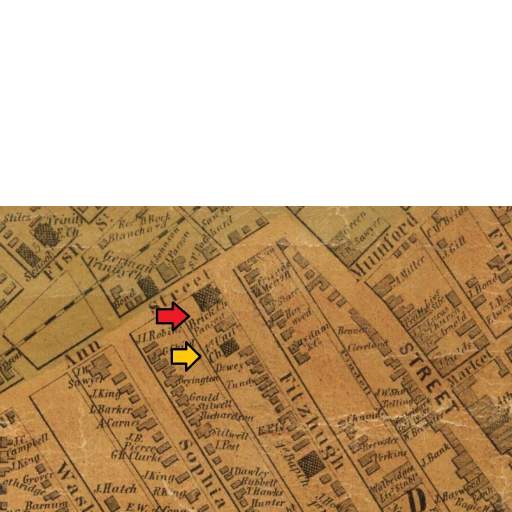
First Location of Unitarian Church
This 1851 map by Marcus Smith shows the location of the First Unitarian Church (orange arrow) just south of the Brick Church (red arrow), still standing today. Note that the cross street north of Fitzhugh is Ann Street; it is Allen Street today.
While no image of the First Unitarian Church building is known to exist, this map at least confirms the building's exact location. Image courtesy of an anonymous historian.
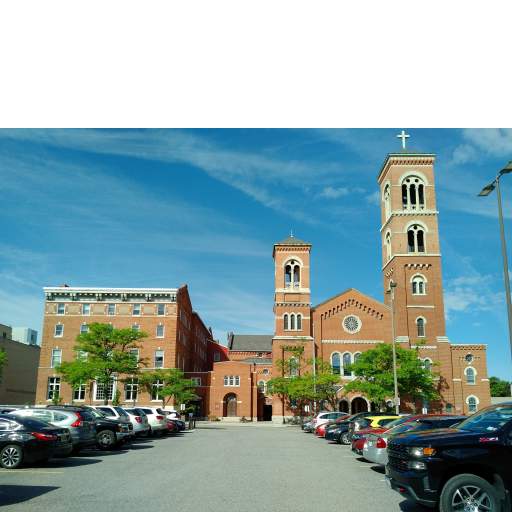
Unitarian Church Site
No trace of the mid-nineteenth-century Unitarian Church of Rochester survives. The Brick Church, a Presbyterian institution, erected this church and its annex (left) decades after the Unitarian building was razed. The annex (dedicated in 1901) occupies the original site of the Unitarian Church. After the merger of three churches in 1974, the complex was renamed the Downtown United Presbyterian Church.
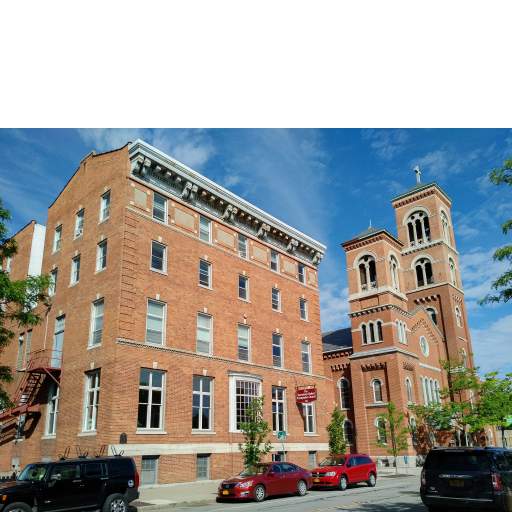
Presbyterian complex, looking northwest
A historical plaque attached to the annex commemorated the 150th anniversary of the Woman's Rights Convention. The plaque can be seen below and to the left of the leftmost main-floor front window.

150th Anniversary Plaque
This plaque was placed in 1998 to commemorate the 150th anniversary of the Rochester Woman's Rights Convention. Text is as follows [bracketed text added to identify personages]:
ROCHESTER WOMAN'S RIGHTS CONVENTION
August 2, 1848
In the First Unitarian Church adjacent to this site, two weeks after the first Woman's Rights Convention at Seneca Falls
Here for the first time in history, a woman was elected to preside over a public convention.
Abigail Bush, President; Laura Murray, Vice President
Secretaries, Catherine A. F. Stebbins, Sarah L. & Mary H. Hallowell, Sarah Anthony Burtis
Among those signing the demands for action to end the age of laws and customs oppressing women were:
AMY POST
ELIZABETH CADY STANTON
FREDERICK DOUGLASS
LUCRETIA MOTT [Co-organizer of Seneca Falls Woman's Rights Convention, held two weeks prior]
RHODA DEGARMO [Suffragist]
DANIEL & LUCY ANTHONY [father and mother of Susan B. Anthony]
SARAH C. OWEN [Suffragist]
MARY ANTHONY [Mary Stafford Anthony, sister of Susan B. Anthony]
WILLIAM C. NELL [African-American abolitionist, journalist, author, and public official]
SARAH D. FISH [Wife of Benjamin Fish]
One closing resolution stated:
"Resolved, that it is the duty of woman, whatever her complexion, to assume, as soon as possible, her true position of equality in the social circle, the church, and the state."
This plaque is dedicated on the 150th anniversary of this convention by the First Unitarian Church of Rochester and mounted here through the kindness of Downtown United Presbyterian Church.
Associated Causes
Associated Historical Events
Follow-On Woman's Rights Convention
August 2, 1848
